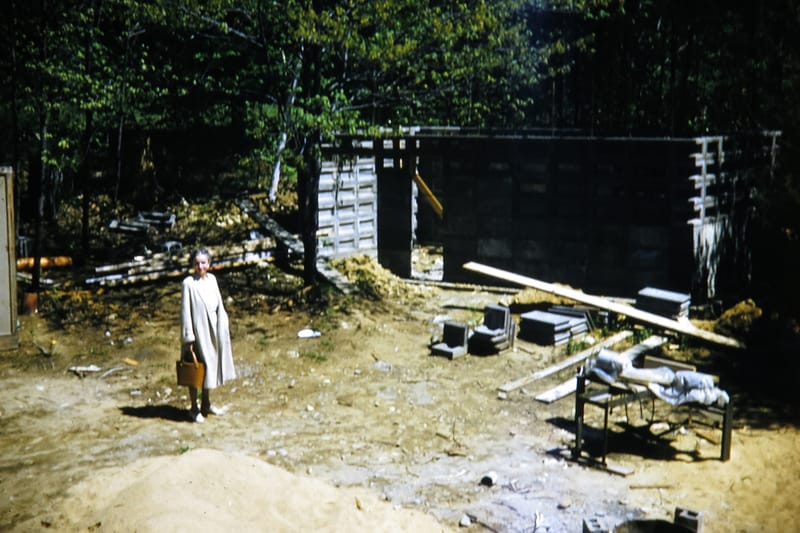What’s new at the Currier? New acquisitions and old favorites seen in new contexts
The Currier Museum has completed the reinstallation of many of its galleries, including the entire second floor. The new galleries develop themes which cut across European, American, and Asian cultures, and combine historic and contemporary works. New acquisitions provide delightful surprises.

MANCHESTER, NH – The Currier Museum has completed the reinstallation of many of its galleries, including the entire second floor. The new galleries develop themes which cut across European, American, and Asian cultures, and combine historic and contemporary works. New acquisitions provide delightful surprises.

“We have been building the museum’s collection to include cross-cultural connections. The galleries feature broad themes, while retaining an overall historical approach,” said Alan Chong, Director of the Currier Museum.
“The 19th-century gallery contains such favorites as works by Claude Monet and American Impressionists like Childe Hassam and Edmund Tarbell. But they are seen together with our new landscape by Black American artist Robert Duncanson, who worked in Virginia before the Civil War, and Chinese portraits made for American traders.”

Kurt Sundstrom, Senior Curator, states, “Our strong collection of views of the White Mountains is now enhanced by an early painting of the Cog Railway on Mount Washington, and Philip Guston’s gigantic mural made for the National Forestry Building in Laconia. These are reminders that New Hampshire’s landscape was nearly destroyed in the late 1800s and had to be carefully restored and protected.”
Visitors are invited to explore the museum’s collection in new contexts with the inclusion of striking new additions.

A 19th-Century Collection
Collectors historically sought interesting objects from all over the world, a trend encouraged by international trade. The idea that Americans collected only American art is false. Moreover, artists came from all over the world to work in the United States, and many of the most famous American painters have strong international connections.

Nature and Nostalgia
American landscape paintings tapped optimistic memories. The 19th and 20th centuries were periods of tremendous change brought by war, industrialization, and the growth of cities. Views of nature reminded viewers of a simpler, rural past.

While landscapes often avoid social problems, they sometimes address the destruction of nature. Philip Guston and Musa McKim’s paintings show how the White Mountains were restored after brutal destruction. Manchester’s massive mills were similarly saved from demolition, as reflected by the work of artist and photographer Charles Sheeler.
About the Currier Museum of Art
The Currier Museum is an internationally renowned art museum located in Manchester, New Hampshire. The museum features paintings, sculpture, decorative arts, and photographs, including works by Monet, Picasso, O’Keeffe, Hopper, and Wyeth. It presents exhibitions, tours, art classes, and special programs year-round. The museum also owns two houses designed by Frank Lloyd Wright.





